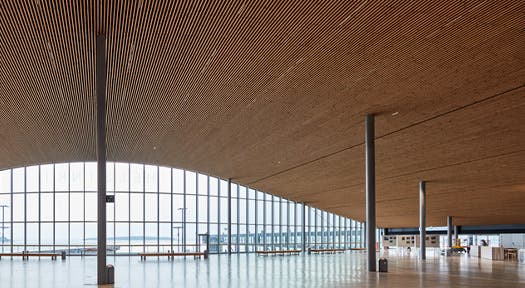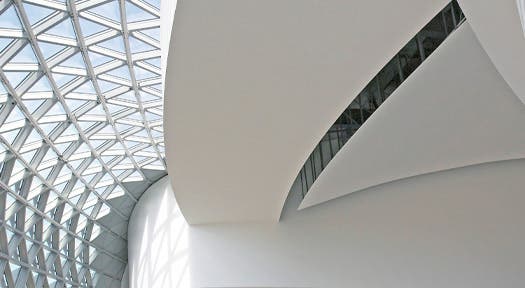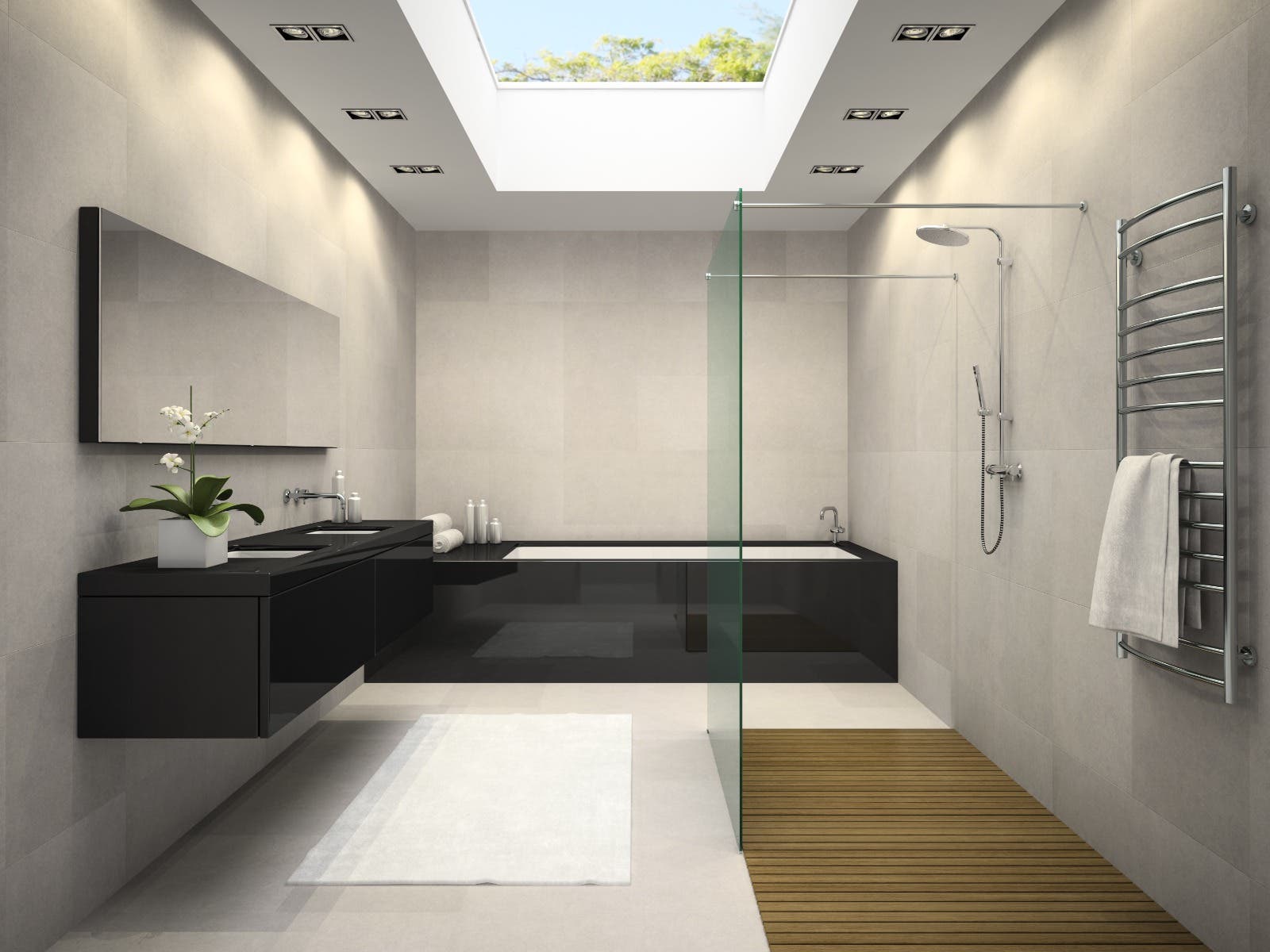Greener and More Sustainable Ceilings
The world is changing, and it's leaning more toward sustainability and eco-friendliness. Green building is becoming a new norm; now, only sustainable materials are used during construction.
Using sustainable ceilings for your home, workspace or business incorporates green building practices into your construction plan. It may be difficult to find sustainable ceiling products, but some products are designed to meet green building standards.
There are myriads of green interior design materials to choose from, to decorate and add to the aesthetics of the building.
With ceilings, there are multiple green choices to make. Green products are made from mineral fibres, metals and even wood. These production materials ensure that the ceilings are sustainable options for any building.
Ceilings are sustainable because they can easily be taken back to the manufacturer, and new ones will be made out of them, just like in the carpet industry, where all the products can be recycled for use again.
But not all products are considered sustainable. But with ceilings, there are set rules and standards that classify a ceiling as a green material.
Classifying a ceiling as a green material depends on you, your architect and your green consultant to come up with the best options.
GREENER OPTIONS
Your ceiling choices can be borne out of the design you want, the way you want to maintain it and the performance you expect.
Greener ceilings are not made from specific materials; they can be made from any material, depending on your preference. Greener ceiling options include:
● Mineral fibre
Fibre panels have green attributes and are eco-friendly because they're made from natural resources like sand.
Using them for ceiling production is sustainable because they benefit the environment.
● Metal
Although metals consume a lot of energy and take a long and intensive time to process, recycling is still easier.
Metals can save you up to 75% in energy bills when recycling them.
Also, recycling 1 tonne of metal crap consumes 95% less energy than when you're making 1 tonne of metal directly from raw materials.
However, the degree to which metal is considered a green material depends largely on how it is mined.
● Wood
Wood is the most renewable and environmentally friendly material available for ceilings.
Wood ceilings are made from trees, and according to research, trees are grown more than they're harvested.
Also, if you feel the kind of ceiling you want is made from unsustainable materials, not to worry, there are ways to make it greener.

FORM VS FUNCTION
When it comes to ceilings, you no longer have to make an excruciating choice between choosing ceilings for their form or function.
Today, ceilings are designed in the best forms and still maintain high performance.
When a ceiling is classified as green, it doesn't mean it cannot maintain its performance or acoustically lacking.
If you discover that your ceiling lacks this acoustic performance, you can fix that issue without jeopardizing the ceiling's green status.
These days, when ceilings are designed, it's with the intent of ensuring that they give up a high level of green content and emit chemicals.
Also, they're designed not to interrupt its overall performance.
Producing greener and sustainable ceilings is a bit costly, but the result is not only beneficial to the occupants of the home but for the entire ecosystem.
Greener and sustainable ceilings in the building are one way of exercising green building practices.
Importance Of Green Building
Green building is essential in today's world, so using green building materials in construction is vital. And its importance spread across different categories.
These categories are environmental, social and economic.
● Environmental
Green buildings generally are a sustainable structure that provides a better environment and reduces the negative impact on the environment.
Green buildings consume less water, energy and natural resources; instead, they generate their energy. In sum, green buildings are more beneficial to the environment than depleting.
They save energy, provide a cooling effect and provide better environmental conditions.
● Social
Green buildings also impact society. According to research, green buildings have improved cognitive abilities, brain functions and productivity.
Living in green buildings helps mental health and overall well-being.
More so, it reduces the risks of illness because the presence of chemical emissions has been reduced to the barest minimum.
● Economical
Green buildings also have economic impacts and benefits. Green buildings help reduce energy consumption and the use of natural resources and fuels.
Also, green constructions can result in more savings for employees because when they improve productivity, they earn more. Green structures enhance the quality of air both in indoor and outdoor spaces.
Green Building Standards
Certain standards guide green building construction all over the world. These programs ensure that, indeed, the materials used in the construction are sustainable.
Below are some of the standards that the ceiling used in the construction of green buildings must meet:
- LEED (Leadership in Energy and Environmental Design): This program ensures that products that have its certification are fit for use in the environment and also have positive effects on the environment and the people in it.
- This building standard is a benchmark for building products and materials. It measures if the products and materials used in construction impact the health and wellness of people living in the buildings.
- GSA. The General Services Administration, owned by the U.S, has set up standards to measure the privacy, sound absorption and acoustics of ceilings and how it impacts public health, productivity and comfort.
On a final note;
There are many ceilings on the market today that promote sustainability. A ceiling product, it must have undergone a series of standard tests to be classified as sustainable.
To build better and greener houses, you need to use greener materials. It's not hard to find green ceilings in the market; however, some products stand out from the rest.
USG ME Acoustical panels can be considered your best choice when choosing greener and sustainable ceilings for your buildings.
It also possesses other features befitting a sustainable and green classified ceiling. It is a high-light reluctant property, reducing the number of lights you need to install.
It has high acoustic performance while still maintaining good air quality in the indoor space.










